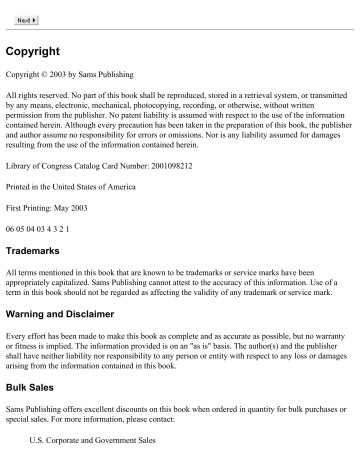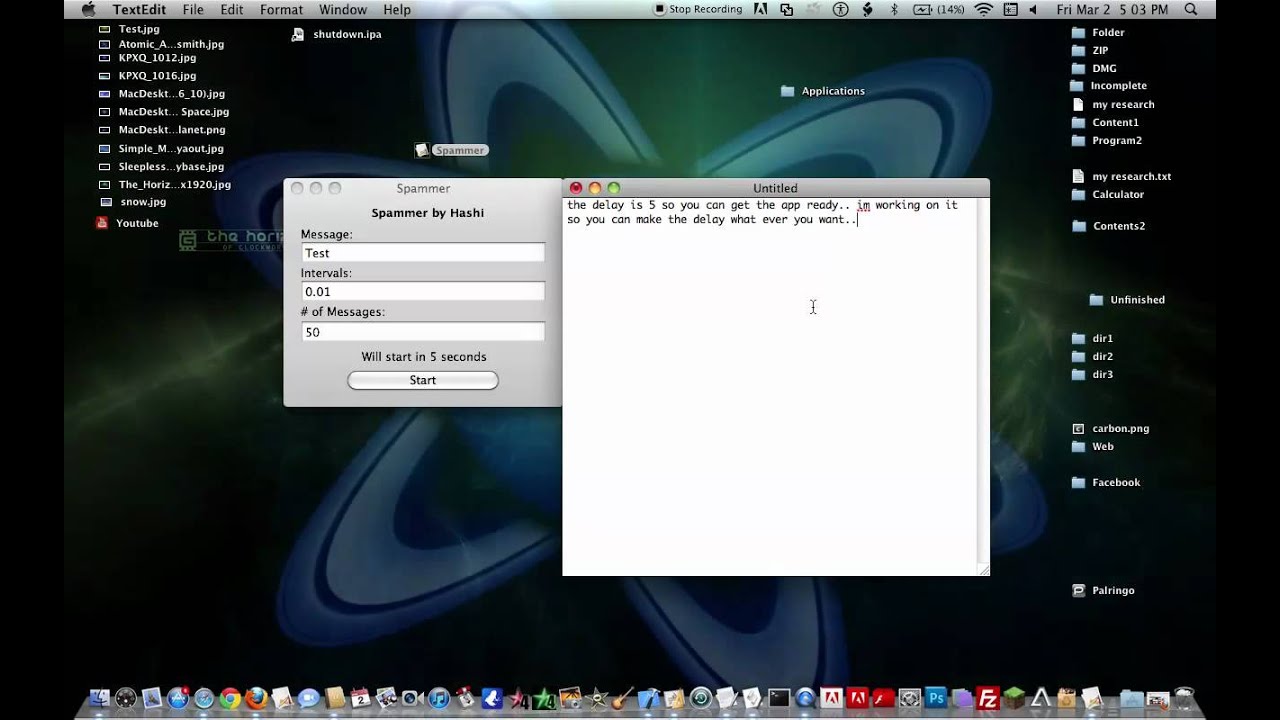

You confirm that you’re a willing participant in an email conversation with fraudsters in the least severe instances. It’s obvious that it’s not a good idea to directly reply to spam emails despite Mr. But, what’s the next danger after just opening a spam email? When You Reply or Forward SpamĬomedian James Veitch gave a hilarious Ted Talk on what happens when you reply to spam. Later on, we’ll give you quick instructions on stopping auto-loading images for some popular email apps and webmail sites.

The way to stop giving this type of metadata to spammers is to turn off automatic image downloading in your mobile email app, desktop email client, or webmail.

When your email app, mail reader program, or webmail requests these images, the sender receives numerous data points while sending the email’s graphic elements. They host or store these photos or graphics on their server. This is a mistake when it comes to defending against spammers.Ī spammer designs an email with embedded images to make the message look professional.

Most email users prefer auto-loading images, so emails look nice when they click to read messages. When your webmail or mobile email app automatically downloads remote resources like photos or graphics, the spam sender immediately knows their content was viewed. Spammers can tell if you open an email when you or your email application interact with their message. What happens next is scary, but there’s a straightforward solution. Heads up: Later, we’ll go over ways to separate your email address from your actual mailbox where you manage emails. This means we cannot prevent a spammer from discovering your email address is valid. Most users have their email address tightly linked to their actual inboxes. Fake bounce, auto-responders are ineffective. Unfortunately, there’s not a great way to defend against this. Spammers know that your email account is valid by watching for bounces. Spammers gain a little insight even before their message reaches your inbox.Īn email sent to an invalid address will be rejected and bounce back to the sender.


 0 kommentar(er)
0 kommentar(er)
